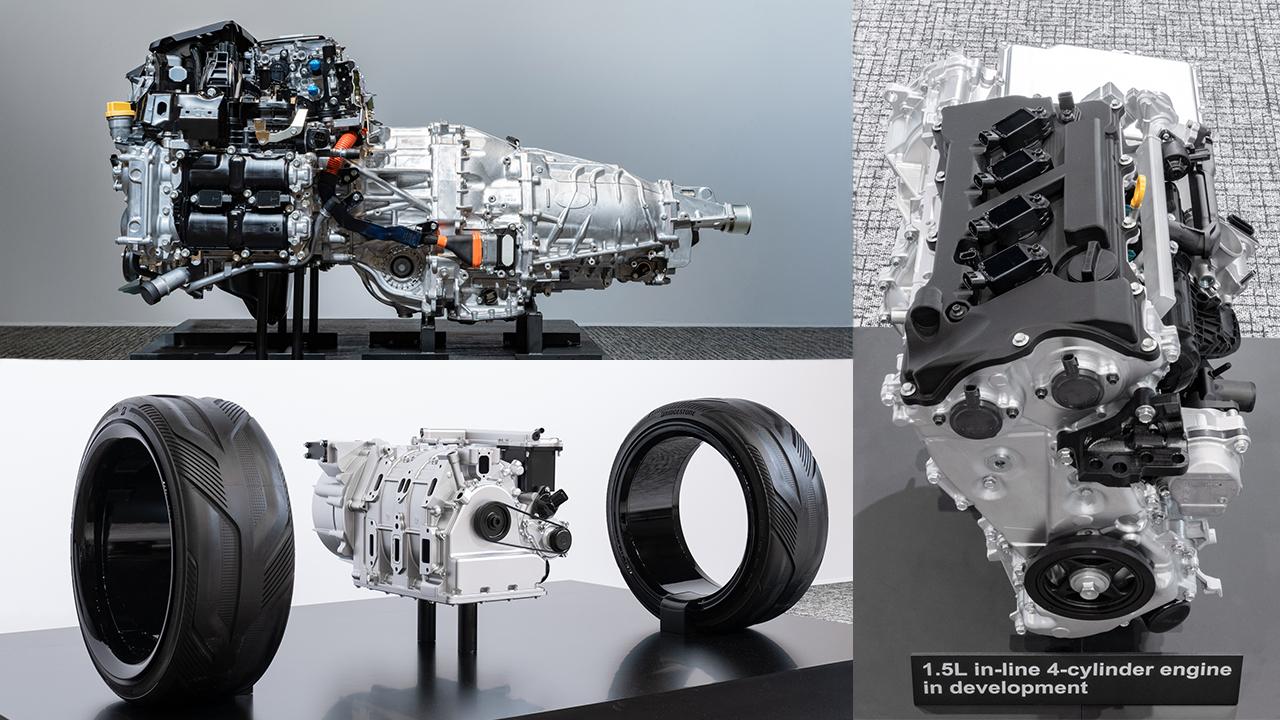
Subaru, Mazda, and Toyota's technology chiefs provided updates on their next-generation engine development. We take an in-depth look at these new technologies, which build on each company's unique offerings.
Toyota’s 1.5L/2.0L in-line 4-cylinder engines
“The concept behind these new engines is entirely different from the engines Toyota has used in the past. This is what we mean by ‘Engine Reborn.’”
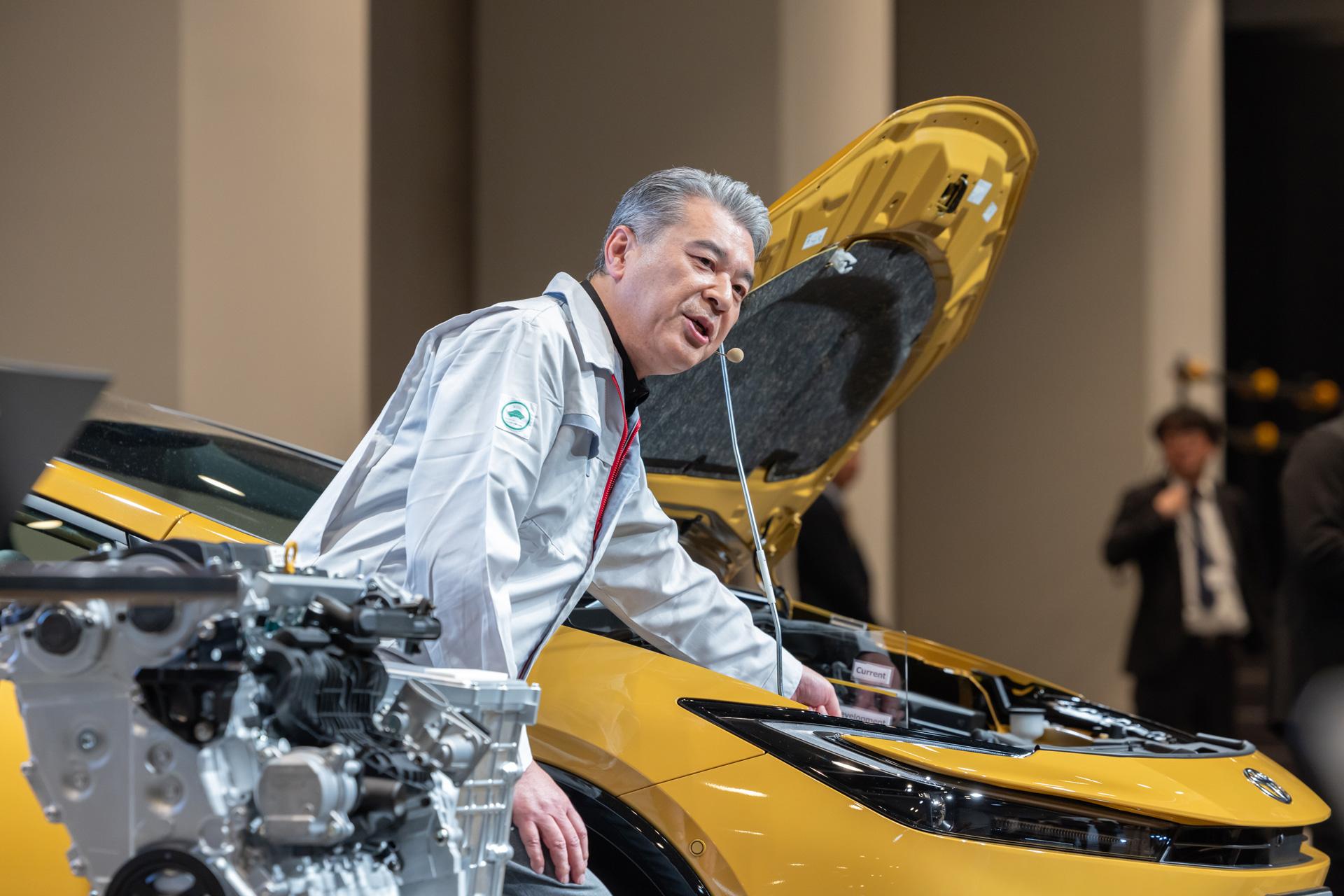
With that, CTO Hiroki Nakajima enthusiastically revealed Toyota’s compact, high-efficiency/high-output 1.5L and 2.0L in-line 4-cylinder engines designed for electrification.
First up, the 1.5L engine was presented in two models, one naturally aspirated and the other turbocharged.
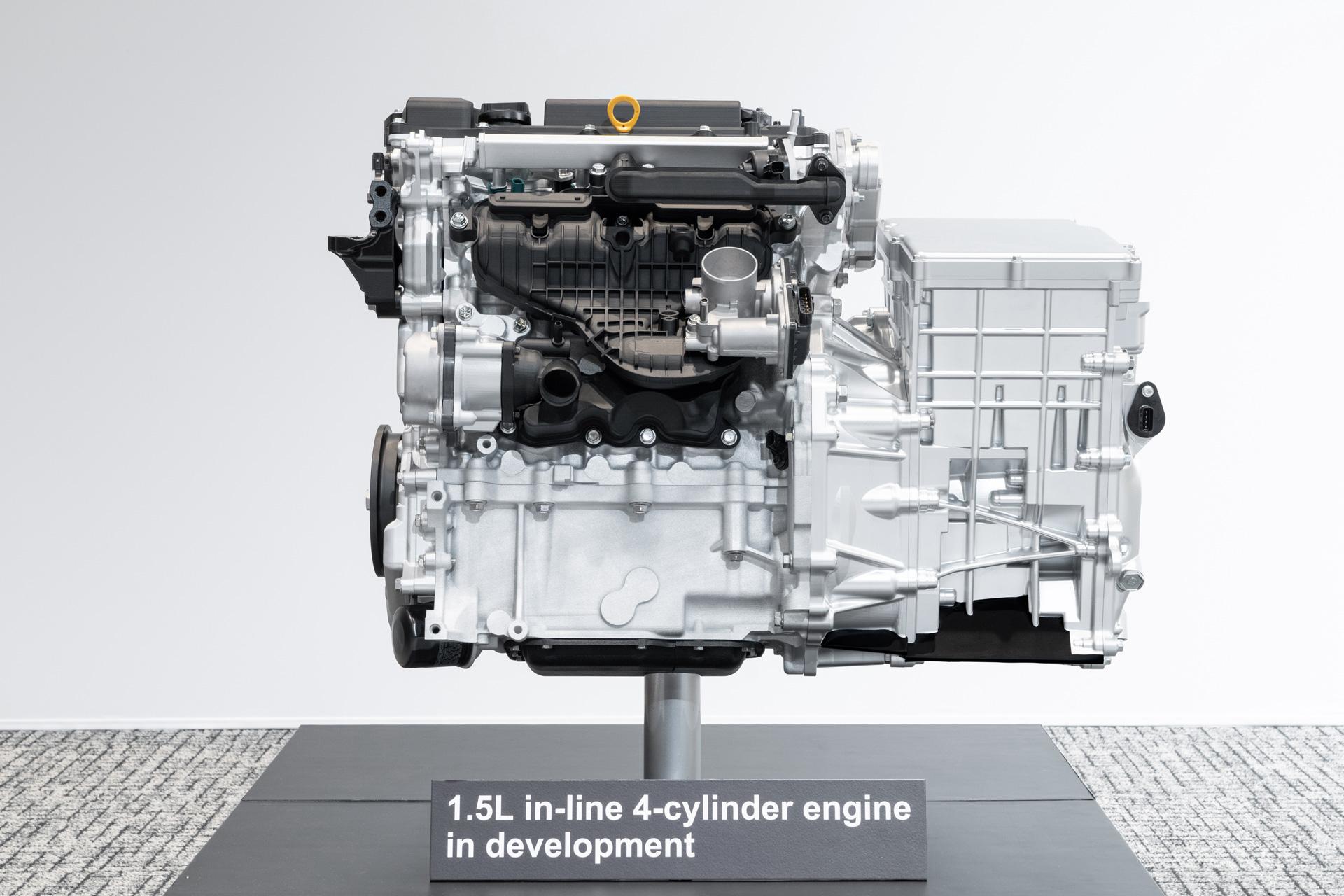
The naturally aspirated version reduces both volume and height by 10% compared to the current 1.5L 3-cylinder engine.
Adding another cylinder allowed engineers to lower the height and make the overall engine more compact.
For the current engine to clear the strict emissions regulations slated for Europe and the U.S., Toyota would need to curb its power output and use expensive catalysts to clean up exhaust gases.
By contrast, the new engine retains output thanks to improved combustion technology. At the same time, its compact size allows for lower bonnet profiles, reducing aerodynamic drag. These changes are expected to yield 12% better fuel economy in sedan-class vehicles.
What’s more, the 1.5L turbo version can cover the territory of Toyota’s 2.5L naturally aspirated engine, used in vehicles that tow heavy loads.
This new engine complies with regulations that would require the existing model’s power to be cut by 30%. It can also reduce volume (20%) and height (15%).
Similarly, the 2.0L turbo engine is expected to have 10% lower volume and height than the existing 2.4L turbo.
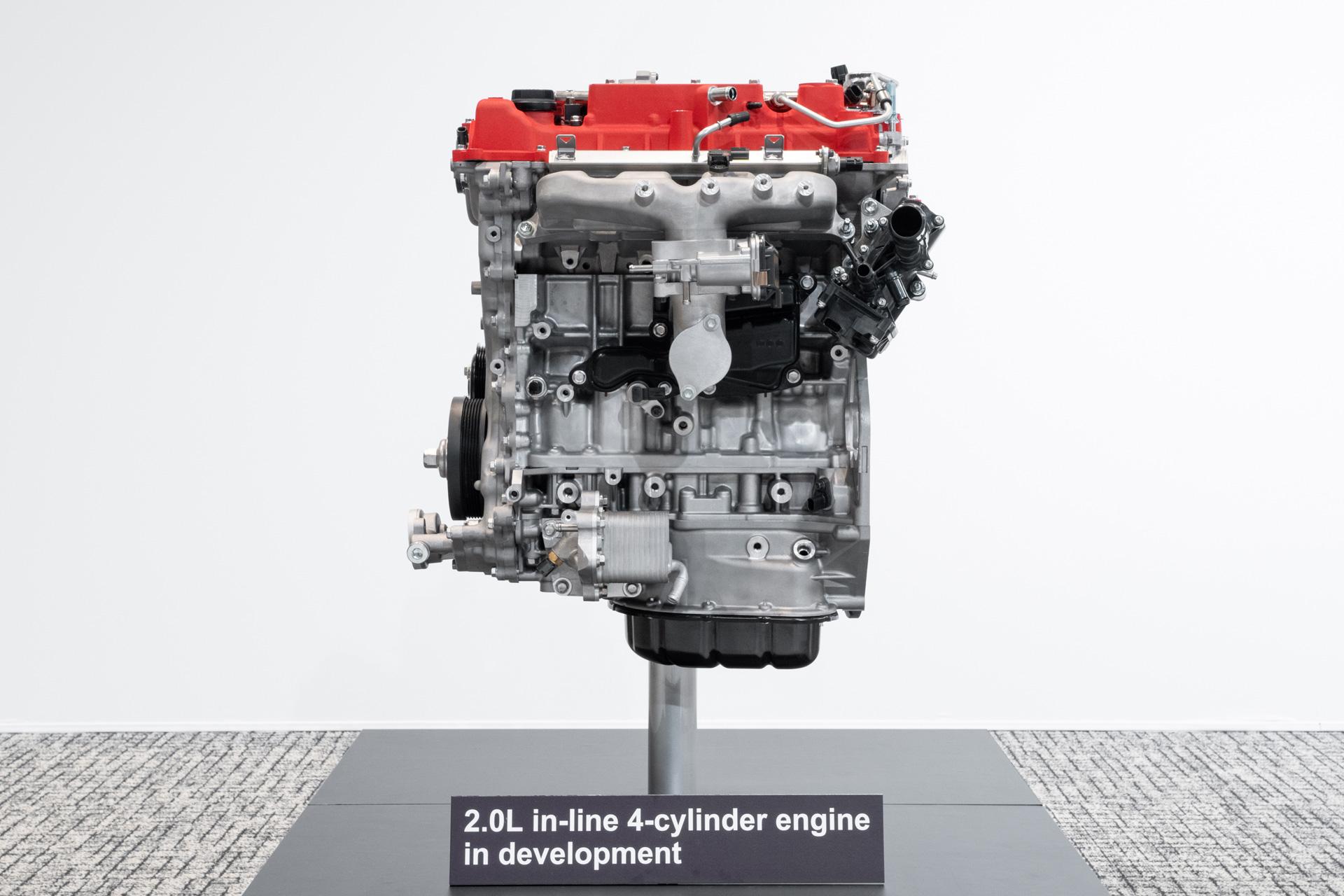
Even so, it drastically improves output and will serve a wide range of applications where power is required, from trucks and other heavy-duty vehicles to sports cars.
“By combining highly efficient, compact, and powerful engines with electric drive units, I believe we have expanded the potential for offering more affordable BEVs.”
Toyota is serious about BEVs and about engines, with Vice President Nakajima revealing grand expectations for their potential.
Three unique companies creating the auto industry’s future
“Engines still have a role to play as a practical means of achieving carbon neutrality! So, let's refine engine technology! Let's start such a project!”
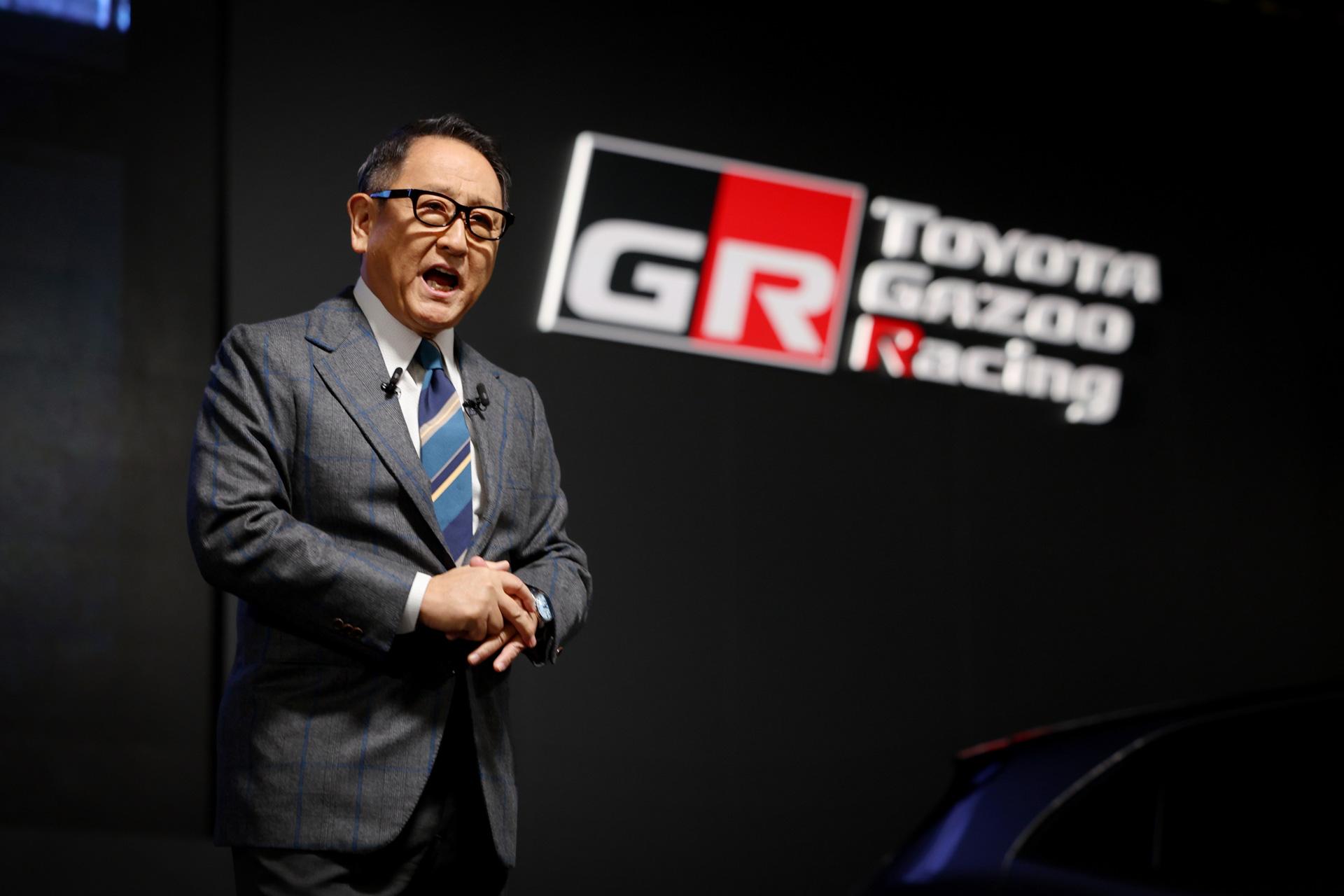
Chairman Akio Toyoda, aka Morizo, delivered this message on stage at Tokyo Auto Salon in January that resonated with these three companies, which have answered the call.
Now, by announcing that they will continue developing engines with a shared purpose, the carmakers have made a commitment to the auto industry’s far-reaching supply chain: “Together, let’s build a future for internal combustion engines.” (President Koji Sato)
At the start of the Multipathway Workshop, a video traced the history of engines developed by the three companies. It is a history of crises that threatened the engine’s survival—from the Clean Air Act to oil shocks—which the carmakers and their suppliers overcame with technological prowess and turned into global strengths.
Engines are once again being transformed, this time in pursuit of carbon neutrality. Japanese carmakers are honing their unique strengths through friendly rivalry as they co-create the future of the country’s auto industry.

